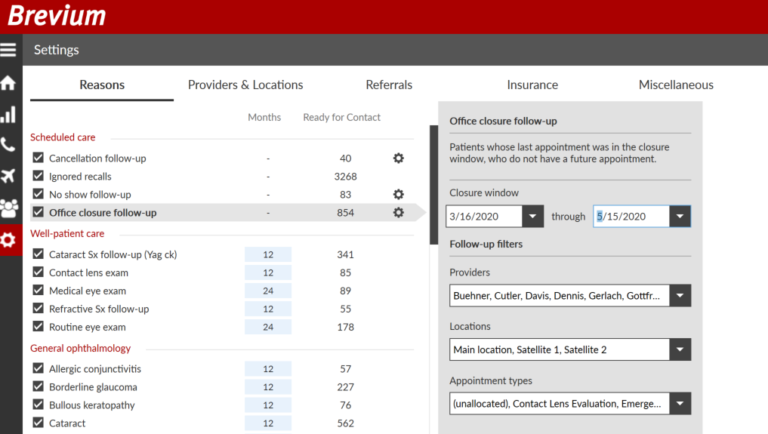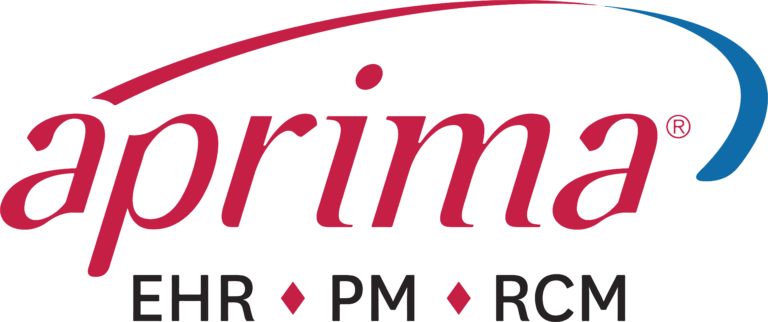The Brevium Blog

Communication in Patient Care: Patient Preferences
Navigating the realm of patient communication can be challenging! Your practice has likely automated its patient communications, utilizing methods like texting and emails. These communication channels prove to be not only efficient but also cost-effective, saving valuable staff time and eliminating postage expenses compared to traditional postcards and phone calls. Patient communication, including appointment reminders and patient follow-up, plays a crucial role in maintaining effective healthcare services.
Texting and emailing have become widely popular, especially among Millennials and Generation Zers. Their demographics typically prefer texting as their primary mode of communication.
While these methods may resonate well with certain patient demographics, it’s essential to question whether they cater to the preferences of all your patients, and more critically, are they the most effective means of communication? Baby Boomers, for instance, may not be as comfortable with newer technologies, and their communication preferences might differ from their younger counterparts. Considering diverse preferences is key to ensuring that patient communication, appointment reminders, and patient follow-up strategies align with the needs of your entire patient population.
Understand Preferences Versus Effectiveness
More than 95 percent of U.S. adults own a cell phone, and 64 percent of those are smart phones. [1] Most individuals have integrated their phones into nearly all aspects of communication, encompassing talking, texting, and emailing. Patient communication, including appointment reminders and patient follow-up, has become intricately linked to these devices, with texting emerging as a preferred and frequently responded-to method.
One of the advantages of texts is that people don’t have to interrupt whatever they are doing and respond immediately, but they do read 95 percent of their texts within three minutes. [2] Emails, on the other hand, get opened only 20 percent of the time, probably because they get mixed in with so much spam that ends up in the trash. It is understandable, then, to assume that texting is your patients’ preferred way to receive recalls and appointment reminders.
Not so fast. You also need to consider which methods are the most effective, and these are not necessarily the same as what the preferences data indicates. We conducted a survey in 2020 to understand this very issue. We found that practices can reach only 64 percent of their patients by text and 20 percent by email because they don’t have patients’ text phone numbers or email addresses in their databases. Thus, email and text don’t even reach some 30 percent of patients. On the other hand, practices do have physical addresses and phone numbers for nearly all their patients, so they can reach 95 percent of their patients via regular mail and phone calls.

Communicate the Way that Works Best for Your Practice
Communicating with your patients means understanding both your patients’ preferences and your practice’s capabilities. That means there is not a single formula that works for every practice. We recommend following a three-prong approach.
- Learn your patients’ communication preferences
If your patients are primarily Millennials and Generation Zers, you can rely more heavily on texting, followed by email. If your patients are older or underserved patients who don’t have ready access to cell phones and the Internet, traditional phone calls and postcards should play a more prominent role. You can also add a preferred communication section to new patient intake forms. That way, you can give the options in which you have the ability to contact patients, and they can tell you their preferences. - Understand your capabilities
Check your patients’ profiles. If they are lacking text-ready phone numbers and email addresses, use traditional communication methods with these patients. You also need to work on gathering this information. The best time to do this is when they fill out new-patient paperwork or when they are checking in for an appointment. You can also ask them in your postcards and phone calls to go to your website to update their profile information. - Experiment with multiple patient communication methods
Track which methods are working best with your patients. However, don’t generalize across all patients in your practice. You will likely find that some patients prefer texts while others respond better to phone calls. Mark this information in their profiles and use the methods that work for each patient. Don’t be afraid to communicate multiple times using multiple methods. We have learned that communicating up to nine times with inactive patients using texts, emails, postcards, and live and automated phone calls is most effective. We also discovered that with patients with whom you haven’t communicated in a long time, phone calls work best.
What to Do When Patients Stop Responding
When your patients have stopped responding, contact Brevium. You likely have 1,000 to 2,000 patients per provider who have fallen off your active-patients list, and Brevium can help you bring them back to the office. Brevium is the pioneer in patient communication and reactivation.
Brevium’s software mines clients’ patient databases using customized algorithms to find lost patients. Brevium then uses communications strategies in healthcare that are based on original research to help ensure that patients return for the care they need, and practices derive the greatest financial benefit from the patient appointment lifecycle™. Hundreds of practices have found Brevium to be a trusted partner, with personalized training and unlimited support.
Contact Brevium to see how we can help you communicate most effectively with your patients.
References
| ↑1 | https://www.physicianspractice.com/view/texting-patients-is-now-an-expectation |
|---|---|
| ↑2 | HIMSS survey sponsored by SR Health, 2021 |














